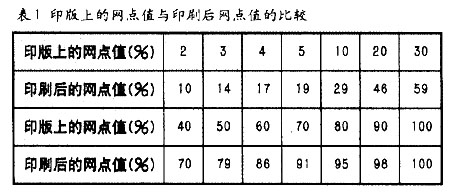Flexo printing has its own characteristics and advantages. First of all, flexographic printing uses water-based inks or alcohol-based inks that are environmentally friendly. It does not harm the human body. It is particularly suitable for foods, printing of pharmaceutical products, and packaging of liquid milk in China. Most of them use flexographic printing. Secondly, the current narrow-format flexographic printing presses can increase the number of screen printing units, and can complete the processes of die-cutting, embossing, hot stamping and other processes on-line, greatly improving production efficiency and reducing production costs. Thirdly, many customers nowadays have very strict requirements on the consistency of external packaging colors (especially the color of the field). This is also one of the problems that printers suffer from, and the technical parameters of flexographic printing (such as the number of anilox roller lines, printing pressure, etc.) Once it is determined, the consistency of its repeated printing is very good, and it can be almost the same as the first printing, ensuring the stability of the package.
Therefore, the influence of flexographic printing continues to increase, and it is gradually recognized by customers. In the short period of several years, China has introduced several hundred flexographic printing production lines. At the same time, the extensive application of flexographic printing has also led to the development of related industries, of which the most obvious is the flexographic platemaking industry. Domestic flexo plate making started late. There are many reasons for this, and one of the main reasons is that the flexographic prepress processing is difficult and difficult.
If flexographic prepress processing is carried out by offset or gravure plate printing methods, the printed proofs will have many problems, such as darkening of color, loss of gradation, loss of highlights, or hard edges. To solve these problems, The first thing to understand is the difference between flexographic printing and other printing methods.
Flexographic printing features
The flexographic printing used for flexographic printing is a relief printing. The ink is transferred by an anilox roller to the raised surface of the flexographic plate and then transferred to the substrate. The flexographic plate is pasted on a cylindrical plate cylinder by double-sided tape. Due to the drum concentricity error (D old ≤ 15 Ll m), tape thickness error (± 10 um), and the thickness of the plate thickness error (± 15L1m) and the presence of shadow, making the plate roller flatness error. In order to ensure that the entire surface of the flexographic plate can be exposed to the substrate, it is necessary to increase the pressure. Because the flexographic plate is flexible, it will deform after being pressed, resulting in a larger area of ​​the actual inked area than the ideal value. In addition, the ink on the top of the printing plate's Internet point is squeezed by the flexographic plate and the substrate. It also spreads out along the edge of the dot. After the printing, the “double eyelid†phenomenon may appear in the solid part and be hollow on the gamma point. Outlets, and outlets increase. This phenomenon of dot gain is unique to flexographic printing, and produces a large effect on the flexographic printing quality.

When using traditional flexo platemaking, in order to ensure plate quality, the small dots on the plate cannot be less than 2:6, but after printing, it may increase to 7:6 or even higher, which means that the minimum dot that the flexo can print is 7 %. If the package has a 0-100% gradient pattern, a hard edge will be formed at 7% after flexographic printing, affecting the aesthetics of the pattern (Figure 1). Therefore, in the conventional flexographic prepress production, special treatment is required for such a high light area, which requires the operator to have a good understanding of the flexographic printing and a certain skill in order to maximize the reproduction of the original. If the flexible plate direct plate making method developed in recent years is adopted, this problem can be solved. The plate produced in this way can print smaller dots, so that the highlight can be more natural, but the cost is higher. (to be continued)
Ball Pen,Leather Pen,Metal Pen
enghua Jade Motor Co., Ltd. , http://www.pen-manufacturers.com